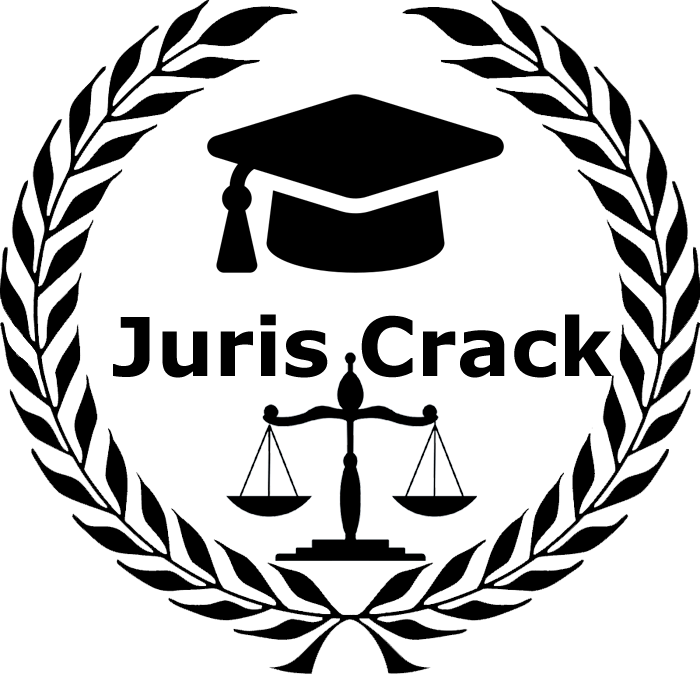
Section – 9 of Evidence Act – Facts necessary to explain or introduce relevant facts
Section – 9 is concerned with the admissibility of facts which are necessary to explain a fact in issue or relevant fact.
- Explanatory facts
- Introductory facts
- Facts supporting inference
- Facts rebut inference
- Facts establishing the identity of a thing or person
Explanatory facts
- When the facts are viewed alone, certain evidence has no meaning, but when they are interpreted in connection with other facts in a case, they become meaningful. Such facts are significant or relevant facts that must be appropriately communicated.
- Consider the following scenario: Alex killed Rolex in night hours at the Rolex house and return to his own home , change the cloth. In morning Alex visited to Rolex House but the dog of Rolex started barking continuous on the Alex. The police interrogated the Alex and Arrest him.
Introductory facts
- When facts serve as an introduction to a key fact, they help in understanding the true nature of a significant transaction. Evidence is permitted only to the degree that it is used to introduce facts in the dispute or relevant facts.
Facts supporting inference
- This category of fact is neither relevant as facts in an issue nor relevant facts, but it supports or opposes the inference provided by the facts in the issue or relevant facts.
- For example, when ‘A’ murders ‘B’, ‘A’ tries to flee from the town. The fact that he managed to flee is a supporting inference in regard to the murder he committed. This is a relevant fact.
Facts rebut inference
- With inferences given or relevant facts, the fact might be rebutted or disproved to the facts in the issue.
Facts establishing the identity of a thing or person
- When the identification of a thing is at issue, the information that is most beneficial in determining its identity is considered relevant facts.
- For example: When ‘A’ conducts a robbery that ends in a murder, the housekeeper is asked to identify the stolen items and the deceased objects. The clothing and shoes of the deceased can be used to identify them. The victim’s jewellery is acceptable if it was identified by a neighbor who attended a party in his home.
Test Identification Parade
- The Test Identification Parade is used as a means to vet the veracity of the witness and their ability to determine an unfamiliar or unknown person. The object of the Test Identification Parade is that the witness has seen the culprits at the time of occurrence of an offense as it is to identify from the midst of the person without any source or aid.
- The test is conducted or proves the innocence of the person accused of the offense, it can be done on person or articles. The test is performed in criminal cases when the investigation is going on for the case. In criminal cases, the test identification parade is used to identify; The living or known or unknown dead persons; Articles; Fingerprints, handwriting, pictures.
- Supreme Court in Ramanathan v. State of Tamil Nadu,AIR 1978 SC 1201, has held that the purpose of test identification parade is to find out whether the accused is the perpetrator of the crime or not. If the name of the offender is not mentioned by the eye-witnesses then in such circumstances such evidence becomes more important.
- Har Nath Singh v. State of M.P., AIR 1970 SC 1619 Supreme Court observed that TIP serves two purposes
- to satisfy the investigating authorities that certain person not previously known to witness was involved in the offence and
- to furnish evidence to corroborate the testimony which the witness concerned tenders before the court.
Evidentiary value of TIP:
- The evidence of test identification parade is not substantial piece of evidence but only has a corroborative value.
- In Heera v. State of Rajasthan, AIR 2007 SC 2425, Supreme Court held that the identification parades belong to the stage of investigation. They do not constitute substantive evidence.
- In George v. State of Kerala, AIR 1998 SC 1376, the court held that TIP corroborates the testimony of the witness and the identification of the accused.
Test Identification Parade under various Legislations
- In the Indian Evidence Act, 1872, Section 09 deals with TIP. The section states that the identification of the person is admissible in the court of law, the suspected person has no compulsion to be presented in the identification parade.
- In the Code of Criminal Procedure, 1973, Section 54A deals with the procedure to facilitate the process of Identification to the Suspect. It can be conducted by any person or police officer.
- In the Constitution of India, 1950, under Article 20(3) Self-incrimination. It is not violated by compelling an accused to show his/her face or any scar, mark for identification. It does not give an amount to testimony.









No comment